A roof is more than just a protective barrier over our heads. It’s an integral part of a building’s structure, ensuring safety and enhancing the aesthetic appeal. However, like any other part of a building, roofs are susceptible to various contaminants, with oil and grease being among the most damaging. These contaminants not only degrade the quality of the roofing material but also pose serious safety hazards.
The Hidden Dangers of Oil and Grease on Roofs
Oil and grease on a roof are not just unsightly; they present a myriad of challenges:
- Fall Hazards: Slippery surfaces increase the risk of accidents, especially during maintenance or inspection activities.
- Fire Risks: Accumulated grease and oil can be a fire hazard, especially if they come in contact with a spark or high temperatures.
- Pest Attraction: These contaminants can attract pests, leading to infestations that can damage the roof and other parts of the building.
- Regulatory Violations: Excessive grease and oil can lead to violations of environmental regulations, resulting in hefty fines.
How Roofing Materials React to Contaminants
Different roofing materials react differently to oil and grease:
- EPDM Membranes: These tend to swell and deteriorate when exposed to oils. The adhesives and tapes used can also fail, leading to potential leaks.
- PVC & TPO Membranes: Some of these thermoplastic membranes might blister upon contact with grease. However, a few have slight resistance to these contaminants.
- Bituminous Membranes: Prolonged exposure to grease and oil can cause these asphalt-based products to soften and become spongy. Moreover, contamination can void the manufacturer’s warranty.

Strategies for Contamination Prevention
To ensure the longevity of your roof and avoid potential hazards, consider the following measures:
- Minimize Contaminants: If possible, reduce or eliminate the sources of contaminants on the roof.
- Grease Trap Systems: Use commercial systems to contain and manage grease, especially if your facility produces a significant amount of it.
- Regular Maintenance: Establish a routine roof maintenance program. This should include monitoring potential contamination areas and maintaining traps and filters.
- Roof Design: When considering a new roof or re-roofing, ensure the design has a positive slope to prevent pooling of contaminants.
In the realm of roofing in Myrtle Beach South Carolina, it’s crucial to be proactive. By setting up a preventive plan, you not only ensure the safety and longevity of your roof but also save on potential future repair costs. At Lenox Roofing, we understand the unique challenges posed by contaminants like oil and grease. With years of experience as one of the leading Myrtle Beach roofing contractors, we are here to guide and assist you in all your roofing needs. Remember, a clean roof is not just about aesthetics; it’s about safety, longevity, and peace of mind. Choose Lenox Roofing for expert advice and solutions.


